Cajun vs Creole: A Spicy Showdown of Louisiana Flavors – Which One Sizzles Your Soul?
Table of Contents
- Introduction to Cajun and Creole Cuisine
- A Tale of Two Cuisines: Origins and Evolution
- The Spice Factor: How Heat and Herbs Define Each Style
- Signature Dishes: From Jambalaya to Gumbo
- Head-to-Head: Key Differences Between Cajun and Creole Food
- Buying Guide: Choosing the Right Spices for Your Kitchen
- Pro Tips for Cooking Like a Louisiana Legend
- Conclusion: Choose Your Flavor Destiny
Introduction to Cajun and Creole Cuisine
If you've ever tasted a bowl of gumbo or taken a bite of spicy jambalaya, you’ve probably wondered — am I eating Cajun or Creole? While both styles come from Louisiana and share some similarities, they each have their own unique spice game, history, and soul.
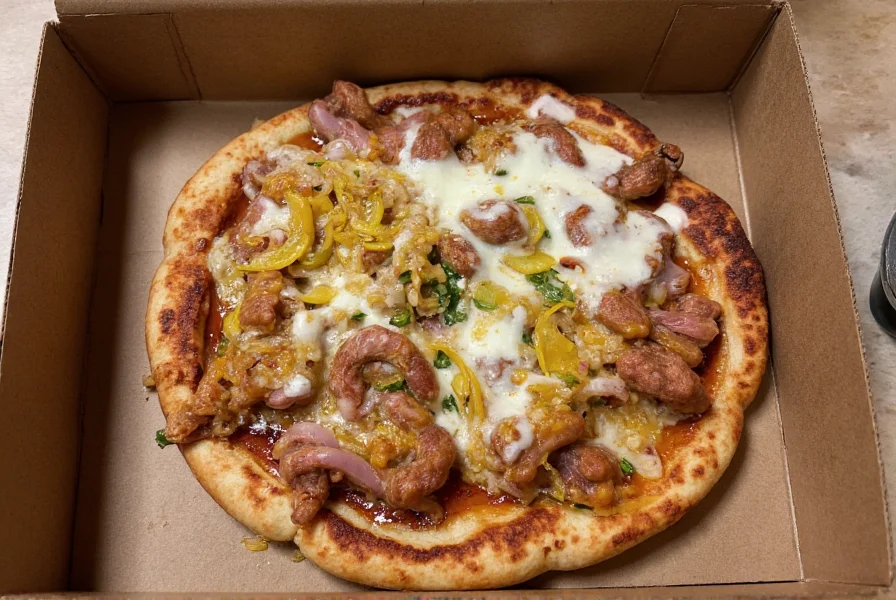
The difference between Cajun and Creole food can feel as subtle as a whisper in the bayou or as sharp as a habanero. Whether you're a home cook looking to level up your spice game or a culinary enthusiast curious about Louisiana’s legendary flavor profiles, this guide will break it down — spice by spice, dish by dish.
A Tale of Two Cuisines: Origins and Evolution
The Roots of Cajun Cuisine
Cajun cuisine has its origins in the Acadian people — French settlers who were expelled from Canada's Nova Scotia region in the 18th century and eventually made their way to Louisiana. Over time, they adapted their traditional French cooking techniques using local ingredients such as crawfish, alligator, and rice. The result? Rich, rustic, and deeply flavorful dishes that rely heavily on bold spices and slow-cooked methods.
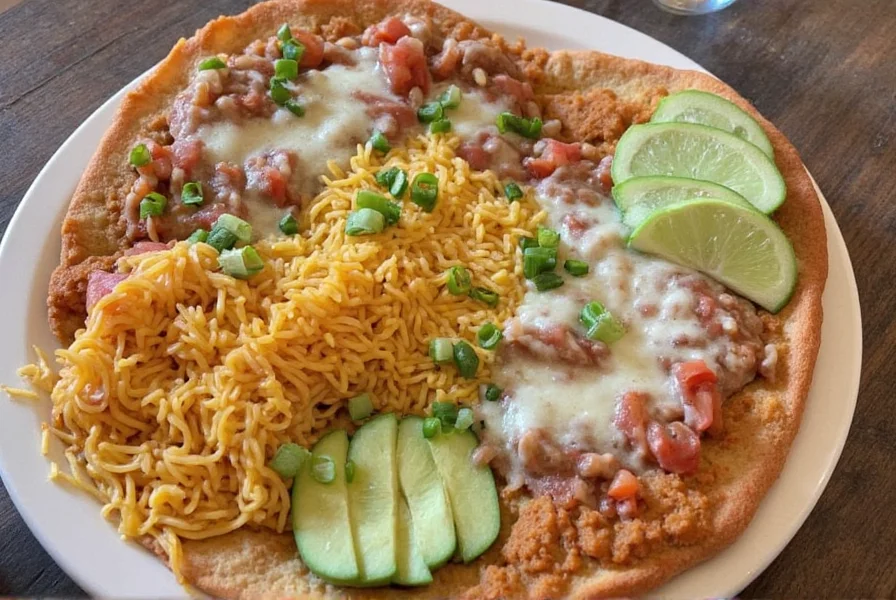
The Melting Pot of Creole Cuisine
Creole cuisine, on the other hand, was born in New Orleans — a city known for its vibrant cultural melting pot. Influenced by French, Spanish, West African, and German flavors, Creole food is often considered more sophisticated and urban compared to its country cousin, Cajun. Think elegant sauces, tomatoes (a rare ingredient in Cajun cooking), and complex spice blends that dance on the palate.
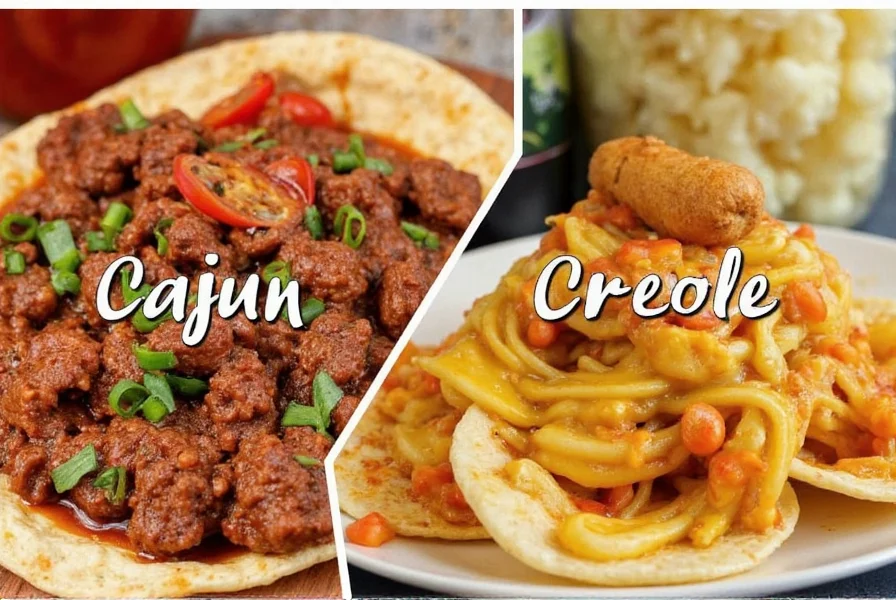
The Spice Factor: How Heat and Herbs Define Each Style
Spice Profiles: Cajun vs Creole
Both cuisines are packed with personality, but when it comes to the spices used, there are key differences:
| Cuisine | Key Spices | Heat Level | Flavor Notes |
|---|---|---|---|
| Cajun | Paprika, Cayenne Pepper, Garlic Powder, Black Pepper, Oregano | Medium to Very High | Earthy, Smoky, Fiery |
| Creole | Thyme, Bay Leaf, Paprika, Garlic, Onion Powder, Basil | Low to Medium | Herby, Savory, Aromatic |

Cajun spice blends lean toward heavier use of heat-forward seasonings like cayenne pepper and black pepper. Creole seasoning, meanwhile, focuses on herbs and aromatics for a balanced, nuanced taste — even if it still packs a punch when needed!
Signature Dishes: From Jambalaya to Gumbo
Jambalaya: Cajun or Creole?
This beloved rice dish often sparks debate. Here’s how to tell the difference:
- Cajun Jambalaya: Browned first (often called “dirty rice”), uses smoked sausage, and typically avoids tomatoes.
- Creole Jambalaya: Often starts with a tomato base and includes seafood like shrimp and crab.
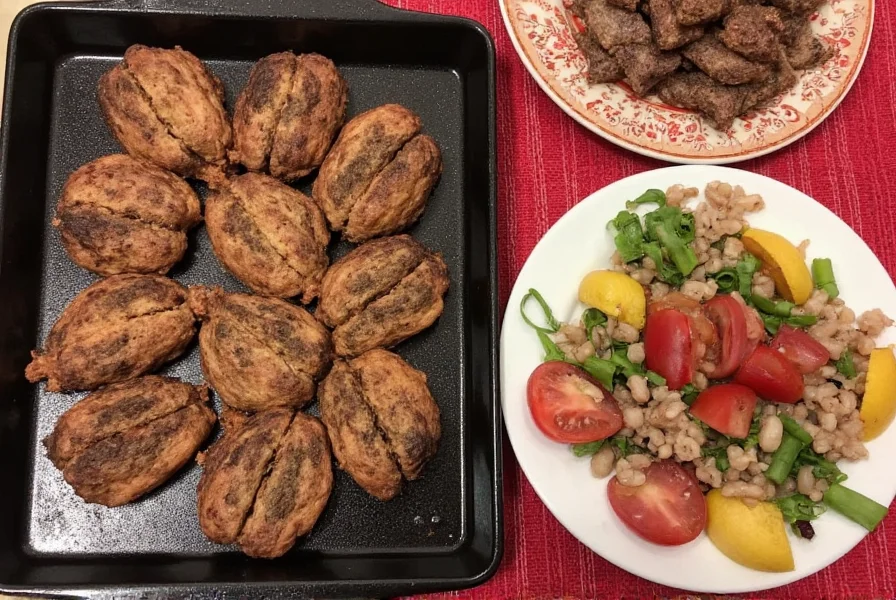
Gumbo: The Queen of Louisiana Cuisine
Gumbo is perhaps the most iconic dish representing both traditions:
- Cajun Gumbo: Focuses on dark roux, lots of filé powder, and usually contains andouille sausage or chicken.
- Creole Gumbo: May include tomatoes, shellfish, and a lighter roux. Often features okra and a variety of meats or seafood.
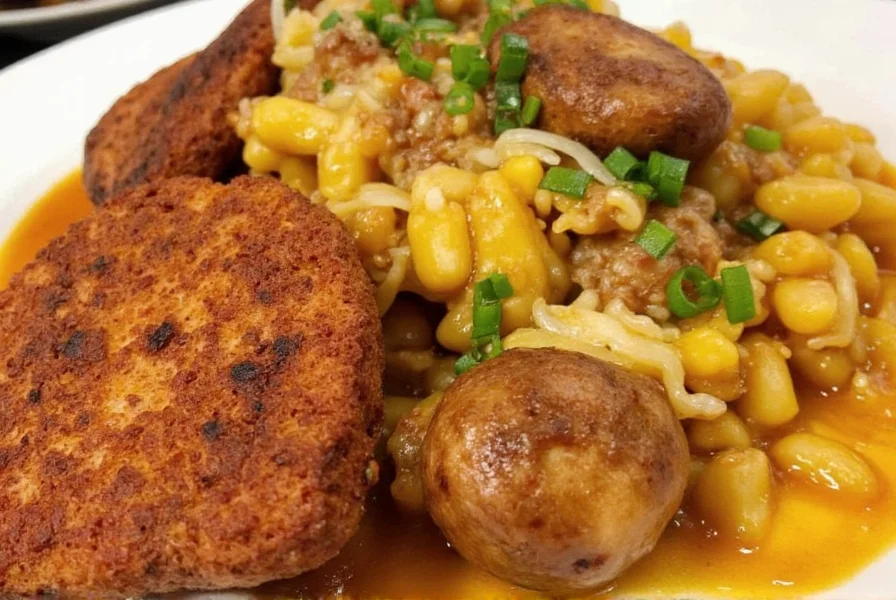
Head-to-Head: Key Differences Between Cajun and Creole Food
Here’s a quick breakdown of the main differences to help you understand what sets Cajun and Creole food apart:
| Aspect | Cajun | Creole |
|---|---|---|
| Origin | Rural Louisiana (Acadian roots) | New Orleans (urban melting pot) |
| Tomatoes | Rarely used | Frequently used |
| Meats | Andouille sausage, rabbit, venison | Seafood, ham, chicken |
| Spice Mix | Pepper-heavy, fiery | Herb-based, aromatic |
| Cooking Method | Slow-cooked, rustic | Braised, sautéed, refined |
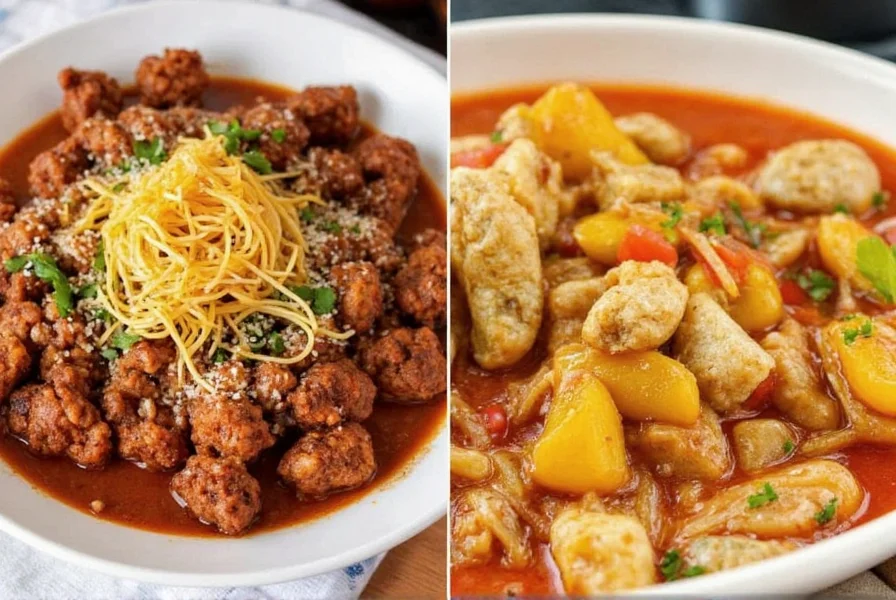
Buying Guide: Choosing the Right Spices for Your Kitchen
If you're ready to bring Louisiana flair into your home kitchen, here are our top picks for Cajun and Creole spice blends and tools. These products offer great flavor, versatility, and ease of use for both beginners and seasoned cooks alike.
Top Cajun Spice Blends
- Tony Chachere’s Original Cajun Seasoning
- Features: Iconic brand, bold flavor, versatile
- Best For: Rubs, grilled meats, and homemade étouffée
- Use Case: Sprinkle directly on meat or mix into batters and marinades.
- Zatarain’s Crawfish, Shrimp & Crab Boil
- Features: Pre-mixed boil blend with peppercorns and bay leaves
- Best For: Seafood boils, soups, stews
- Use Case: Add to boiling water for an instant Louisiana flavor boost.
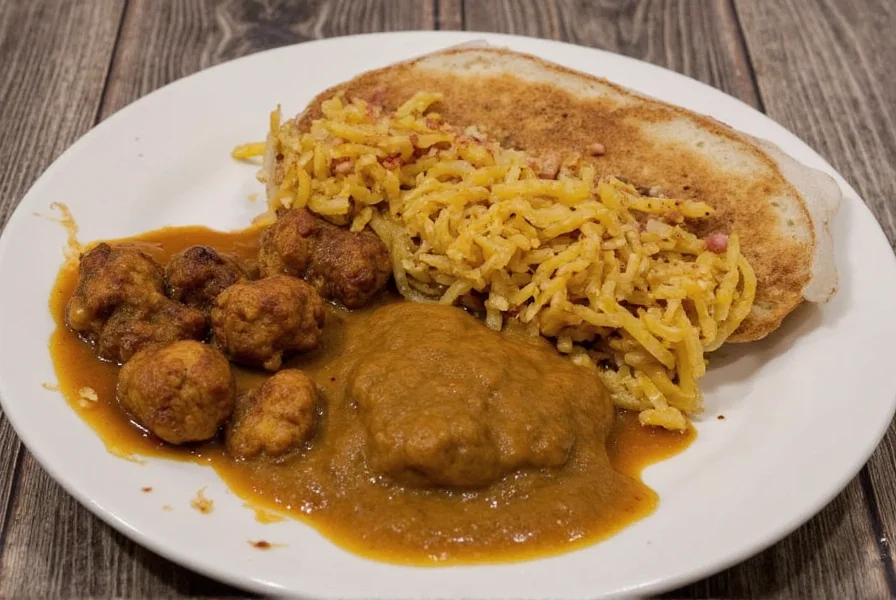
Top Creole Spice Blends
- Slap Ya Mama Cajun/Creole Seasoning
- Features: Mild heat, herb-forward profile
- Best For: Rice dishes, soups, seafood
- Use Case: Great for sprinkling over cooked vegetables or mixing into sauces.
- Blue Runner Creole Seasoning
- Features: Balanced flavor with garlic and onion notes
- Best For: Jambalaya, gumbo, fried foods
- Use Case: Use as a rub or add to braises and stews.
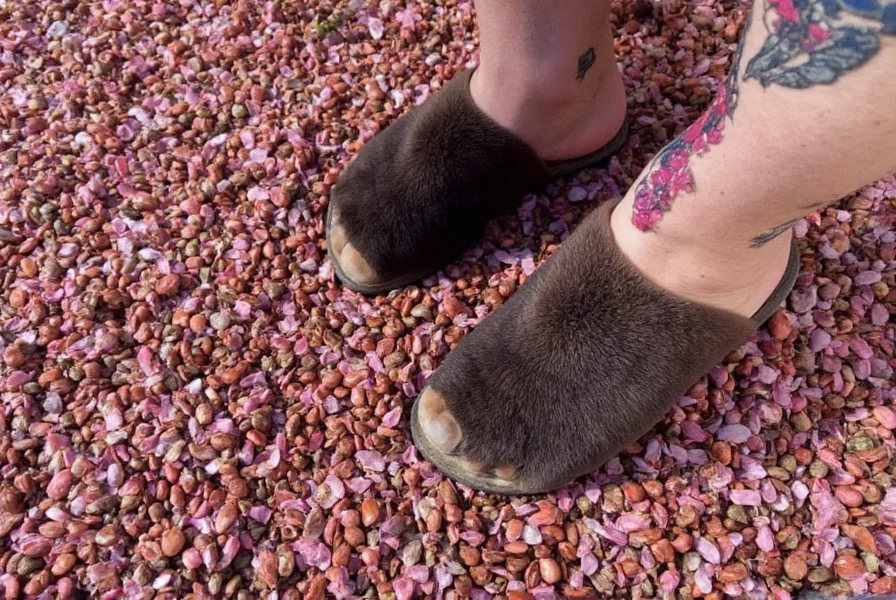
Pro Tips for Cooking Like a Louisiana Legend
- Start with a Holy Trinity: In both Cajun and Creole cooking, onions, bell peppers, and celery form the flavor base — much like mirepoix in French cuisine.
- Make Your Own Roux: A good roux (equal parts fat and flour) is essential for thickening gumbos and sauces. Stir constantly to avoid burning!
- Don’t Skip the Filé: Filé powder (ground sassafras leaves) adds earthy depth to Cajun dishes like gumbo. Sprinkle it at the end for best results.
- Balance Heat with Acid: If a dish gets too spicy, a splash of lemon juice or vinegar can balance it out beautifully.
- Let It Simmer: Both styles benefit from long, slow cooking to let flavors meld together. Patience pays off!
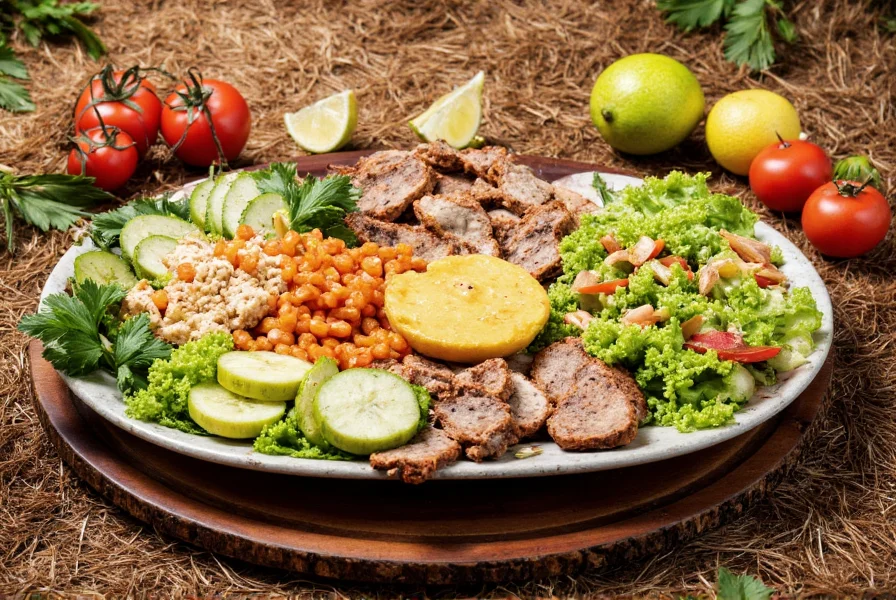
Conclusion: Choose Your Flavor Destiny
Whether you lean toward the bold, fiery flavors of Cajun cuisine or prefer the herby sophistication of Creole dishes, one thing is certain — Louisiana knows how to turn up the heat and make your heart race with every bite.

So next time you’re shopping for spices or planning a weekend dinner, ask yourself: Do I want to go deep into the bayou or strut through the streets of New Orleans? Either way, your taste buds are in for a treat. Bon appétit — or should we say, laissez les bons temps rouler!











 浙公网安备
33010002000092号
浙公网安备
33010002000092号 浙B2-20120091-4
浙B2-20120091-4